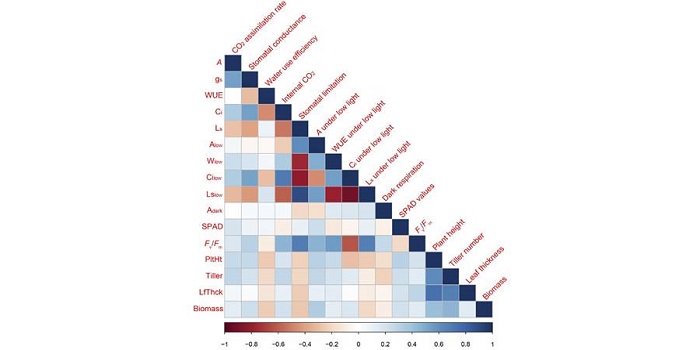
Natural variation of photosynthetic traits for enhanced yield in rice
Blog, Plant Science Research Weekly, Research, Research BlogNatural variation in photosynthetic traits can be exploited for new targets for breeding or genetic engineering of crops. In an effort to identify traits which can lead to enhanced biomass production and therefore yield potential in rice, Qu et al. conducted a comprehensive survey of 14 photosynthetic…
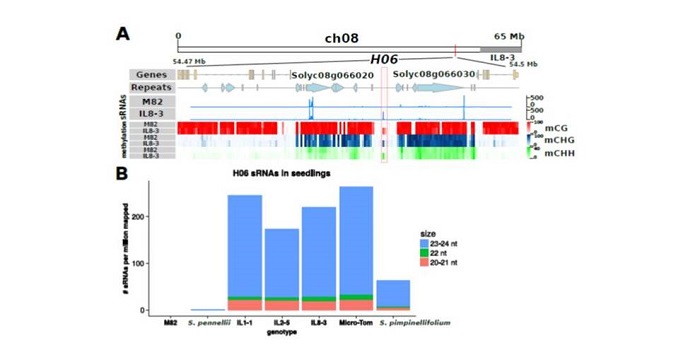
Frequent paramutation-like features of natural epialleles in tomato
Blog, Plant Science Research Weekly, Research, Research BlogParamutation is a natural epigenetic process that occurs in plants and animals that is associated with methylation-mediated gene silencing. The curious thing about a paramutated allele is than it can transfer its silenced state to its homologous and active allele. This freshly paramutated allele then…

Opinion: Beyond editing to writing large genomes ($)
Blog, Plant Science Research Weekly, Research, Research BlogThis is an era of rapid acceleration of our ability to both read and write genomes. Chari and Church point to a future in which making a small number of changes in a genome (editing) is supplanted by making hundreds or thousands or more of changes, essentially whole-genome editing. Basically, the authors…

The chickpea Early Flowering 1 (Efl1) locus is an ortholog of Arabidopsis ELF3 ($)
Blog, Plant Science Research Weekly, Research, Research BlogChickpea is a highly cultivated member of the legume family, mostly in India, Australia, Pakistan, Turkey, Burma, Iran, Canada and the US. The detrimental threat for chickpea is the invasion of Ascochyta blight, which is caused by the fungal pathogen Ascochyta rabiei (formerly known as Phoma rabiei). The…

Identification of novel growth regulators in plant populations expressing random peptides
Blog, Plant Science Research Weekly, Research, Research Blog0 Comments
/
Knowing that many small molecules act as growth regulators, chemical genomics endeavors to identify novel growth-regulating compounds through screening thousands of randomly generated molecules. Knowing that many peptides also act as growth regulators, Bao et al. used a similar approach to look for novel…
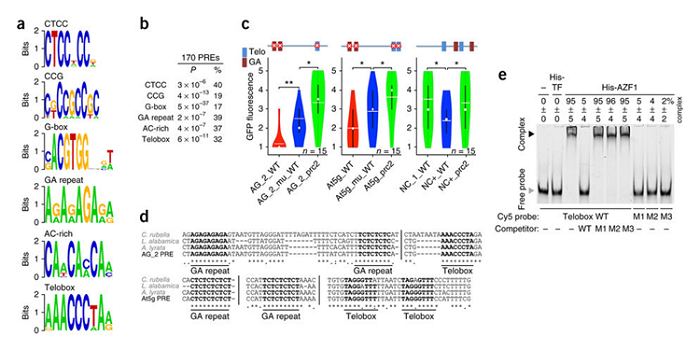
Cis and trans determinants of epigenetic silencing by Polycomb repressive complex 2 ($)
Blog, Plant Science Research Weekly, Research, Research BlogPolycomb repressive complex 2 (PRC2) stably regulates gene expression by initiating repressive histone methylation (specifically, trimethylation of histone H3 at Lys27, H3K27me3). Xiao et al. investigated how PRC2 targets the genes it silences. They identified several Polycomb response elements (PREs)…
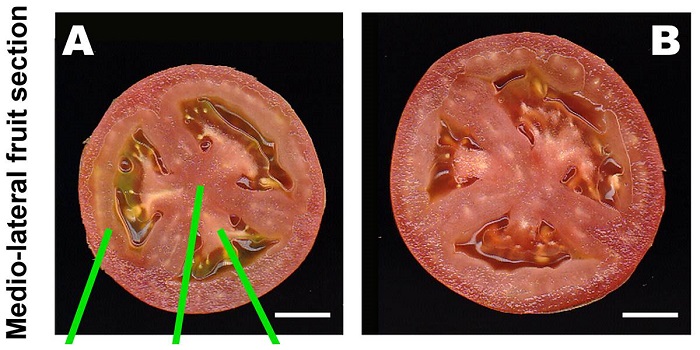
Tomato fruit weight controlled by Cell Size Regulator
Blog, Plant Science Research Weekly, Research, Research BlogMu et al. mapped a QTL previously shown to control fruit weight in tomato, and named the responsible gene Cell Size Regulator (CSR). They found that CSR-D, the derived allele, increases cell size and is widespread in Solanum lycopersicum var. lycopersicum, but not in ancestral tomatoes with smaller fruit.…
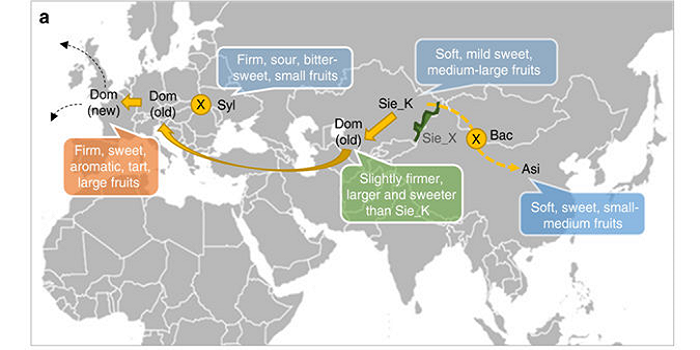
Genome re-sequencing reveals the history of apple and supports a two-stage model for fruit enlargement
Blog, Plant Science Research Weekly, Research, Research BlogCultivated apples (Malus domestica) trace their roots to Kazakhstan 4000 – 10,000 years ago, and since then have been propagated, transported, hybridized to other Malus species, and domesticated. Duan et al. sequenced more than 100 diverse accessions to trace apple's history and identify loci subjected…
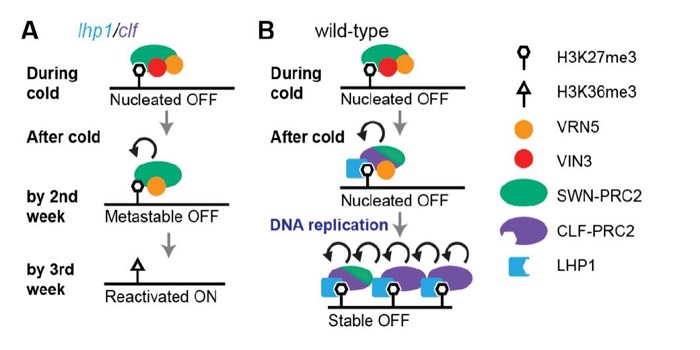
Distinct phases of Polycomb silencing to hold epigenetic memory of cold in Arabidopsis ($)
Blog, Plant Science Research Weekly, Research, Research BlogSome plants can only flower after a cold period. This cold period has been shown to cause epigenetic gene silencing of an inhibitor of flowering, which in Arabidopsis is encoded by FLC. Yang and Berry et al. explore the mechanism by which FLC is epigenetically silenced in response to cold. Previous studies…

